What is Antifa? In recent years, few words have generated as much heated debate in the American political landscape as “Antifa.” Right-wing politicians and media outlets often label it as a dangerous terrorist organization, while its supporters on the left claim it’s a necessary movement of resistance against fascism and white supremacy. This starkly polarized view makes it difficult for the average American to get a clear picture of what Antifa actually is.
In this article, we will provide a neutral and detailed analysis of Antifa’s origins, its ideology, its actions, and the controversies surrounding it. Our goal is to present a comprehensive overview of this enigmatic movement, allowing readers to form their own well-informed opinions.
Understanding Antifa: A Simple Definition
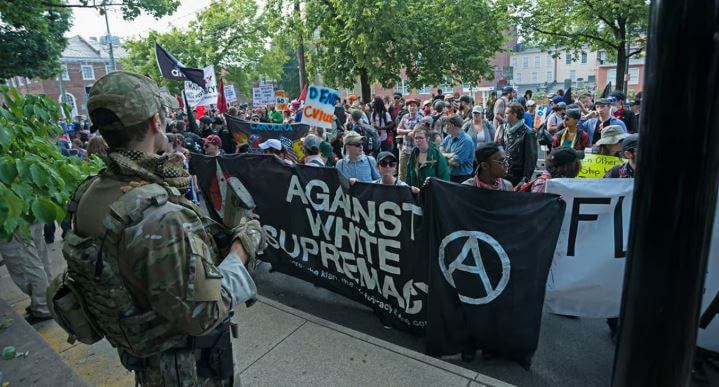
The word Antifa is a shortened version of “anti-fascist.” It isn’t a single, monolithic, or centrally organized group. Instead, it’s a highly decentralized, autonomous network of individuals and small, independent groups who oppose fascism, neo-Nazism, white supremacy, and other far-right ideologies. Antifa members typically hold left-wing political beliefs, with some identifying as anarchists, socialists, or communists.
The core objective of Antifa is to prevent fascist or white supremacist groups from organizing and spreading their message publicly. They believe that fascist ideology is so dangerous that it cannot be effectively countered through peaceful debate alone. As a result, they engage in “direct action,” a tactic that can range from peaceful protest to, in some cases, physical confrontation, property damage, and doxxing.
Historical Context: The Rise of Antifa in America
The roots of the anti-fascist movement can be traced back to early 20th-century Europe, particularly during the rise of Mussolini in Italy and Hitler in Germany. At that time, leftist and anarchist groups formed to resist the growing fascist threat.
In the United States, modern Antifa’s origins lie within the Anti-Racist Action (ARA) movement, which began in the 1980s and 1990s. This movement was founded to combat the rise of neo-Nazi and white supremacist skinhead gangs. Their primary goal was to shut down these groups’ concerts and rallies to prevent them from recruiting new members.
In the 21st century, the ARA movement gradually evolved into smaller, localized groups that adopted the name “Antifa.” One of the most well-known of these is Rose City Antifa, founded in Portland, Oregon, in 2007.
Public attention to the Antifa movement surged following the 2016 election of Donald Trump and the “Unite the Right” rally in Charlottesville, Virginia, in 2017. During this event, a white supremacist rally was met by counter-protesters, leading to violent clashes and the death of counter-protester Heather Heyer. This incident led many on the American left to view Antifa as a necessary force to resist a perceived rise in far-right extremism.
Antifa’s Ideology and Tactics: What You Need to Know
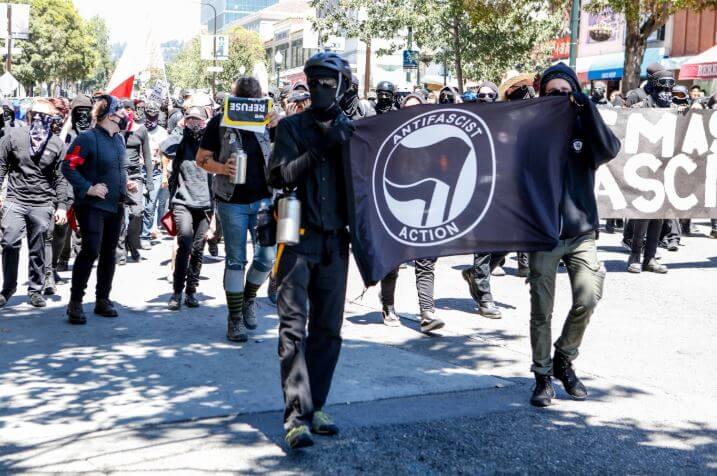
While Antifa doesn’t have a single political manifesto, there are some common beliefs and tactics observed among its members:
- Anti-Fascist Stance: This is the foundational principle of Antifa. They see fascism not just as a political ideology, but as a dangerous threat to democracy and human rights.
- Opposing White Supremacy and Neo-Nazism: A central focus of Antifa is to disrupt and counteract the activities, rallies, and recruitment efforts of white supremacist and neo-Nazi groups.
- Direct Action: Antifa members believe that law enforcement and the government often fail to adequately address far-right violence. Therefore, they take matters into their own hands. Their tactics include:
- “Black Bloc” Tactic: A group of protesters wears black clothing, masks, and moves together as a unit. The purpose is to conceal their identities and evade police surveillance.
- Doxxing: They publicly release the personal information of far-right individuals, aiming for them to lose their jobs, social standing, and reputation.
- Physical Confrontation: Engaging in direct physical clashes or confrontations with far-right groups.
Controversies and Criticisms Surrounding Antifa
Antifa’s actions have been the subject of widespread controversy in the U.S. The most significant criticism comes from the right-wing and conservative circles.
- Violence and Property Damage: The most common criticism of Antifa is their use of violence. Their protests have sometimes involved burning cars, damaging storefronts, and clashing with police. Critics argue that such violence has no place in a democratic society and that it creates more division and chaos rather than countering fascism.
- Violation of Free Speech: Critics contend that when Antifa pressures to shut down events with far-right speakers or uses violence, they are violating the First Amendment right to freedom of speech.
- Calls to Designate Them as a Terrorist Organization: President Donald Trump repeatedly threatened to designate Antifa as a terrorist organization. However, many law enforcement officials, including former FBI Director Christopher Wray, have stated that Antifa is not a cohesive organization but rather an ideology or movement. Thus, it cannot be legally designated as a terrorist group.
What Do Antifa Supporters Say?
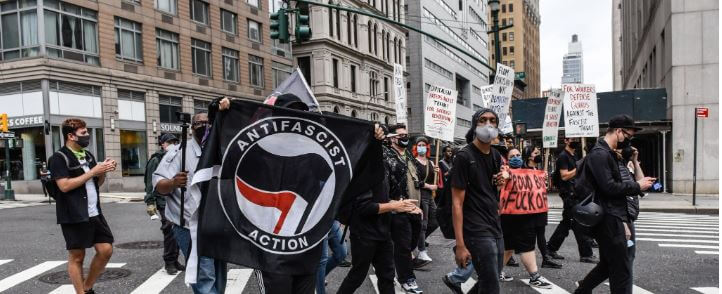
On the other hand, Antifa’s supporters view their actions from a different perspective.
- Right to Self-Defense: They argue that when fascist groups openly rally with weapons or shout racist slurs, it’s not just an expression of speech but a threat of physical violence. In this context, they believe using violence in self-defense is morally justifiable.
- Historical Precedent: They point out that history has shown that fascism cannot always be defeated through peaceful means alone. They note that anti-Nazi groups in 1930s Germany also used confrontational tactics.
- Protecting Vulnerable Communities: Antifa supporters claim their movement protects vulnerable communities, such as minorities, immigrants, and the LGBTQ+ community, from the threats posed by white supremacist groups.
Is Antifa a Left-Wing Terrorist Group?
This question is a major point of contention in the American political debate. Government agencies like the FBI and the Department of Homeland Security have not officially designated Antifa as a “domestic terrorist” group or “terrorist organization.” They often describe individuals associated with the movement as “left-wing extremists” or “anarchist extremists.” While some individuals linked to Antifa have been convicted of violent crimes, these acts are not coordinated by a central leadership.
Conversely, violence linked to far-right groups, such as mass shootings and attacks by white supremacists, is consistently identified as a serious threat by law enforcement agencies.
Antifa and Major Political Parties
The two main political parties in the U.S., the Democrats and Republicans, view Antifa differently. Republicans often portray Antifa as a dangerous, violent, and anarchic movement that poses a threat to law and order. They have accused Democrats of supporting Antifa, though there is no evidence to support this claim.
Mainstream Democratic leaders, on the other hand, have generally condemned the violent actions of Antifa, even if they agree with the anti-fascist ideology. For instance, President Joe Biden has publicly called Antifa’s violence “unacceptable.” This shows that mainstream Democrats do not see Antifa as a part of their political agenda.
FAQ (Frequently Asked Questions) about What is Antifa?
Question 1. Is Antifa a unified organization?
Answer: No, Antifa is not a unified or centrally led organization. It is a decentralized network of various small, local groups and individuals.
Question 2. What is Antifa’s core ideology?
Answer: Antifa’s core ideology is to oppose fascism and white supremacy. Its members hold left-wing beliefs, including anarchism and socialism.
Question 3. Why do Antifa members wear masks?
Answer: They wear masks as part of the “black bloc” tactic. The primary purpose is to conceal their identities from both law enforcement and members of far-right groups to avoid retaliation.
Question 4. Is Antifa considered a terrorist organization in the U.S.?
Answer: No, Antifa has not been officially designated as a terrorist organization by law enforcement or the government. This is because it is not a cohesive or single-led group.
Question 5. Is Antifa only active in the U.S.?
Answer: The anti-fascist movement is active worldwide, but its actions and the controversy surrounding it have been most visible in the U.S.
Question 6. What is the relationship between Antifa and the Black Lives Matter (BLM) movement?
Answer: Black Lives Matter (BLM) is a distinct movement focused on racial justice and police brutality. While some Antifa members have participated in BLM protests, and both movements oppose police brutality and racism, they are separate and distinct.
Conclusion
Antifa is a complex and controversial part of American politics. To view it simply as either a “terrorist” group or a “heroic” one would be a mistake. While its ideals and goals may resonate with many, some of its tactics, particularly its use of violence, have been widely criticized. Understanding this critical part of the American political discourse requires a comprehensive view of its historical context, ideology, and the debates surrounding it. It is not a simple issue with a simple answer, but an ongoing conversation that reflects the deep divisions and polarization within American society.

Hi, I’m M Saif, a digital marketer with a strong focus on SEO and content writing. I help businesses improve their online visibility, drive organic traffic, and create engaging content that converts. With a results-driven approach, I work on strategies that not only boost rankings but also deliver real value to audiences.







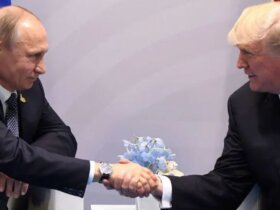
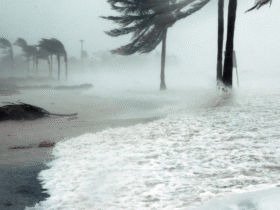

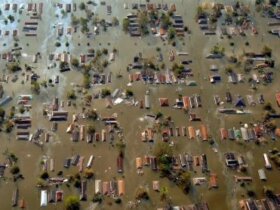
Leave a Reply